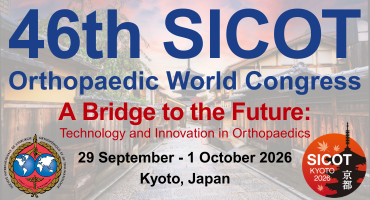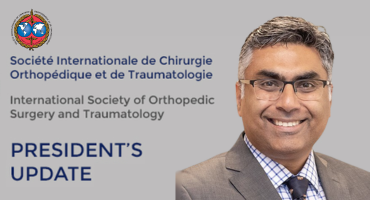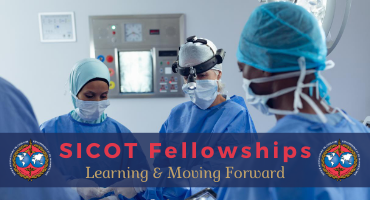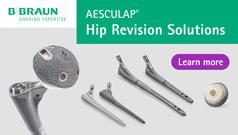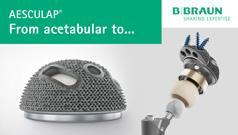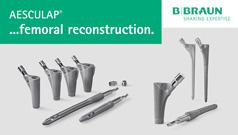Superficial band of the quadriceps tendon harvested with a minimally invasive technique provides adequate graft dimensions: a cadaveric study
SICOT J. 2025;11:37. doi: 10.1051/sicotj/2025037. Epub 2025 Jul 16.
ABSTRACT
INTRODUCTION: This study explored a minimally invasive technique for harvesting the superficial band of the quadriceps tendon. By using a conventional graft tendon stripper, the procedure aims to obtain the full length of tendon fibers necessary for anterior cruciate ligament (ACL) reconstruction. The study aimed to determine if this technique can produce grafts of sufficient length and diameter.
METHODS: From September to October 2023, we conducted a study using full-body Thiel-embalmed cadavers over 18 years of age without pathology-related alterations in lower limb anatomy. The mid-diameter of the graft was measured at its midpoint, and the peripheral diameter was taken at the ends. The length of the triple-folded graft was measured from end to end. A digital vernier caliper measured the length and mid-diameter, and a graft sizer measured the peripheral diameter.
RESULTS: Sixteen quadriceps tendon autografts were harvested from 16 knees of 8 cadavers (mean age: 64.7 ± 9.9 years). The minimally invasive harvesting technique yielded a mean graft length of 289.0 ± 10.3 mm before folding, a mean mid-diameter of 9.7 ± 0.7 mm, a mean peripheral diameter of 8.5 ± 0.4 mm, and a mean length of 93.1 ± 4.7 mm after triple folding. Gender-based comparisons showed no significant differences. Correlations between graft dimensions and height were not statistically significant.
DISCUSSION: The findings of this study indicate that the minimally invasive harvesting of the superficial band of the quadriceps tendon resulted in adequate graft dimension. Gender-based comparisons revealed no statistically significant differences in these dimensions between males and females. Additionally, correlation analysis showed weak to moderate correlations between graft dimensions and height, none of which were statistically significant, indicating no meaningful relationship between height and graft dimensions.
PMID:40668977 | PMC:PMC12266663 | DOI:10.1051/sicotj/2025037






